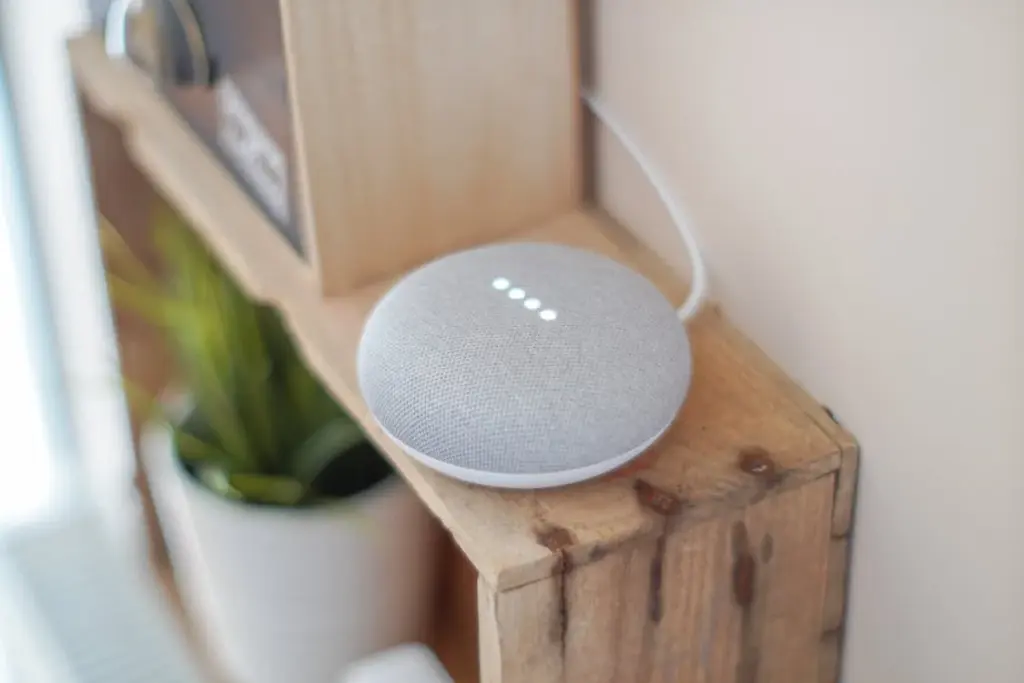Politics, Technology
Smart Home Hubs: Centralizing Your Connected Life
Introduction
Smart home hubs serve as the brain of your connected household—coordinating lights, thermostats, cameras, and more from a single interface. With AI assistants built in, these devices not only streamline control but also learn routines to automate everyday tasks.
Hub Platforms Compared
- Amazon Echo (Alexa): Vast device compatibility, robust routines engine, and “Follow‑Up Mode” for multi‑turn conversations.
- Google Nest Hub: Superior voice recognition, visual touch display for quick control, and deep integration with Google services.
- Apple HomePod mini: Privacy‑focused, seamless Siri integration, and secure Thread networking for Matter devices.
Key Features to Consider
- Voice Assistant & Ecosystem: Choose the voice platform you already use for email, calendar, or streaming services.
- Display vs. Audio‑Only: A touchscreen can show security cameras and recipes, while audio‑only hubs may offer better sound quality.
- Protocol Support: Look for Matter, Zigbee, Thread, and Z‑Wave compatibility to future‑proof your setup.
- Automation & Routines: Advanced scenes can trigger multiple devices—for example, “Good Morning” could raise blinds, start coffee, and tell you the weather.
Use Cases & Tips
- Security: Pair motion sensors and cameras to your hub; set up automatic lighting when motion is detected at night.
- Energy Savings: Automate thermostat adjustments when you leave or return, and integrate smart plugs to power off idle devices.
- Entertainment: Sync multiple speakers for whole‑home audio, and use hub voice commands to launch playlists or movies.
Conclusion
A capable smart home hub transforms isolated gadgets into an intelligent, responsive ecosystem. By selecting one that fits your lifestyle and tech preferences, you’ll boost comfort, convenience, and even security across your home.

